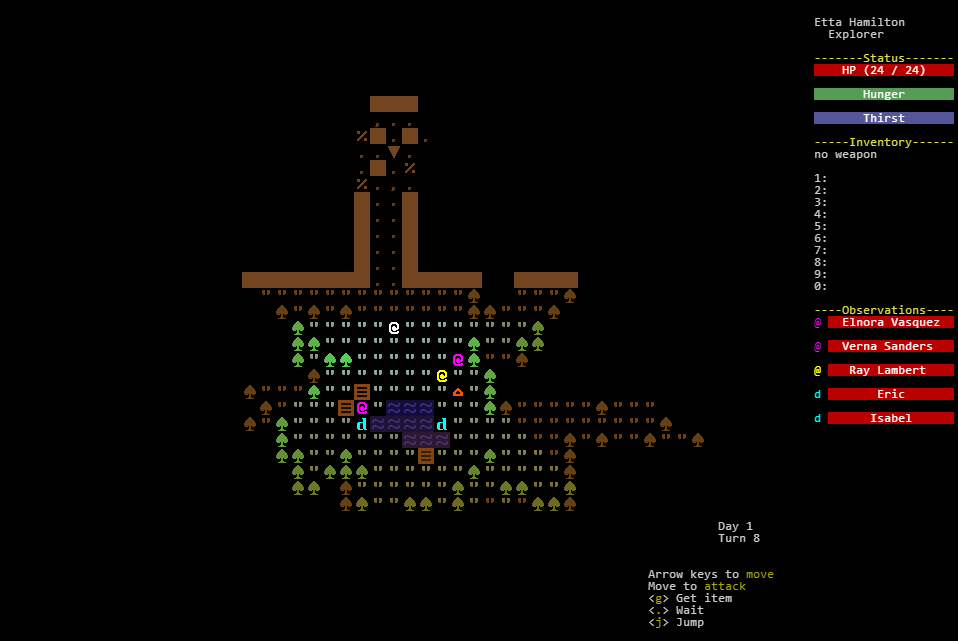13
« on: April 04, 2015, 02:15:19 PM »
Deserts are not necessarily hot, they are just extremely dry (very low to no precipitation, no or extremely rare vegetation). The polar regions and high mountain plateaus are often called deserts for this reason, even though they are not hot.
On that same topic, collecting water from dew sounds good but you could also collect rain water. This could also be automated if you want, having dew or rain collectors or you have to manually do this by using barrels or nets. If you just had a method by which precipitation falls at various points in a day (depending on the frequency of rain) then you could also change the type of precipitation based on the planet. For example, there is precipitation on Venus but it's not safe to drink nor even safe to be standing in (photos from the Venera spacecraft on the surface showed parts of the probe had melted off and were lying on the ground). This way you could also require water filtration on some planets and have it unnecessary but helpful on others (to avoid harmful bacteria or something).
Hence, you could have hostile environmental conditions to avoid: sandstorms to damage machinery, acid rain, daylight being too warm for your suit, electrical storms that could disrupt your equipment, etc.
Your on-board ship computer could provide a synopsis of the dangers of the planet, and you could augment it with additional sensors for tracking weather or something.
You could also grow small plants, algae or moss for oxygen and possibly food. If your planet lacked soil, perhaps you could process plenty of rock with other chemical elements to produce some. Alternatively, you could try aquaponics (growing plants in only water) which would work out great for algae. Combined with a bio-reactor for energy, you'd be able to harvest plenty of necessary resources assuming you had a surplus of water.
For developing this, I would start by hard-coding the type of planet and getting all possible sources working there. For example, start with a barren rock planet with no atmosphere (and hence no precipitation). Add in the ways to get oxygen, food, water, and energy. Then change the soil type of the planet. Then, add a faint atmosphere with wind and some of those effects. And so on. By the time you get to a jungle environment (the more interesting one, with animals and such) you would already have a large suite of working possibilities for resources, so you can focus on the animals [basic plants and insects don't need to be in a jungle so you would've developed them already]. For releases, whenever there is more than one planet type available just randomly determine which one is used; for development though, I think it's best to hard-code the one you are working on so you can test and expand it.
Although you could just randomly assign values to things like atmospheric-oxygen-content or surface temperature, these values could be calculated from more abstract concepts (e.g., planet density, distance to sun, orbital rotation speed for length of day, atmosphere density and composition, etc). Again, gradually add the possibilities of these and expand on them; start with the worst circumstance (no atmosphere, tidal locking for permanent day/night, etc.) and add from there.




